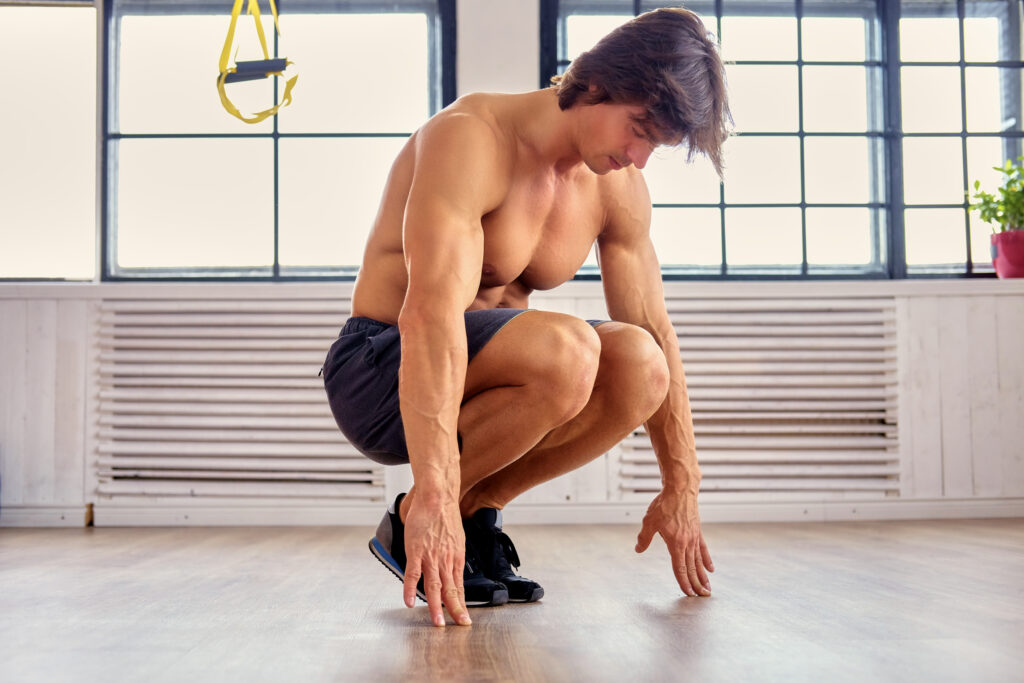Achieving 10% body fat is often associated with a lean and athletic appearance, especially in men, where it often reveals a defined six-pack. For many athletes and bodybuilders, 10% body fat is a desirable goal, but whether it’s good for you depends on various factors.
Firstly, gender plays a significant role. For men, 10% body fat falls within the range considered to be “athletic”. However, for women, essential body fat is higher due to biological differences such as reproductive needs. For women, 10% is extremely low and could potentially be harmful. A more typical “athletic” range for women is about 14-20% body fat.
There are benefits to having a lower body fat percentage. It can lead to improved athletic performance, especially in sports where carrying less weight is advantageous. It also reduces the risk of certain diseases, like type 2 diabetes and heart disease, which are associated with higher body fat percentages.
However, maintaining such a low body fat percentage over extended periods can have drawbacks. It might lead to decreased immune function, reduced energy levels, hormonal imbalances, and in women, menstrual irregularities. Moreover, achieving this percentage might involve rigorous dieting, which could lead to nutrient deficiencies or disordered eating patterns if not approached mindfully.
It’s also worth noting that body fat percentage isn’t the sole indicator of health. Other factors like muscle mass, strength, cardiovascular fitness, and flexibility are equally, if not more, important. Just because someone has a six-pack doesn’t necessarily mean they’re at their healthiest or fittest.
While 10% body fat can be good for certain goals or short-term achievements, especially for men, it’s essential to consider the broader context of your health and well-being. It’s always a good idea to consult with health professionals or nutritionists to determine what body fat percentage is best suited for your individual needs and lifestyle.

